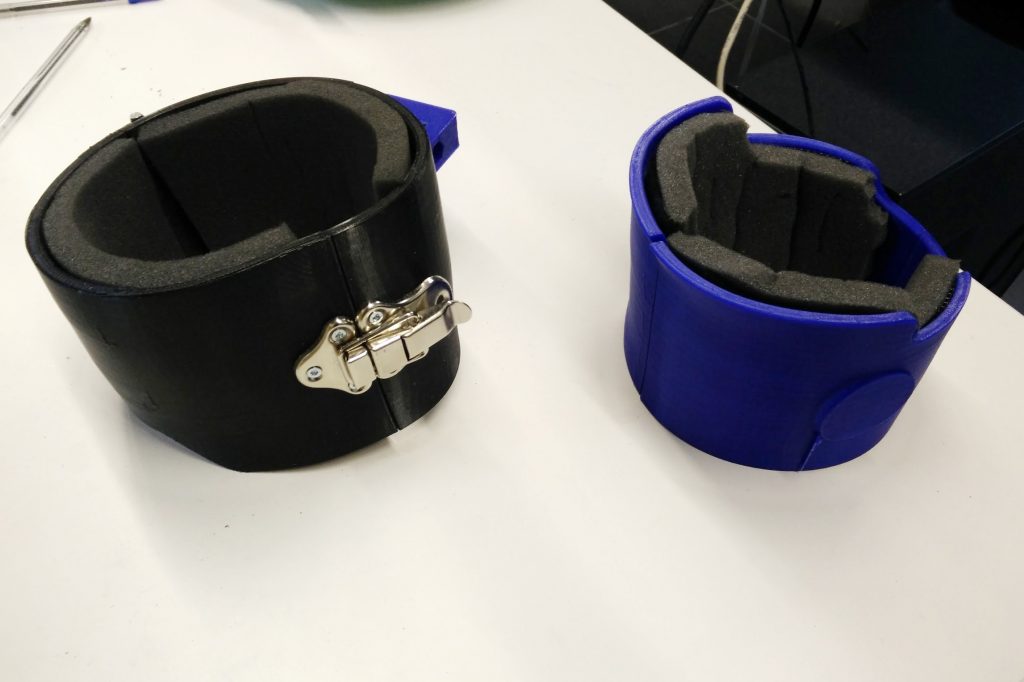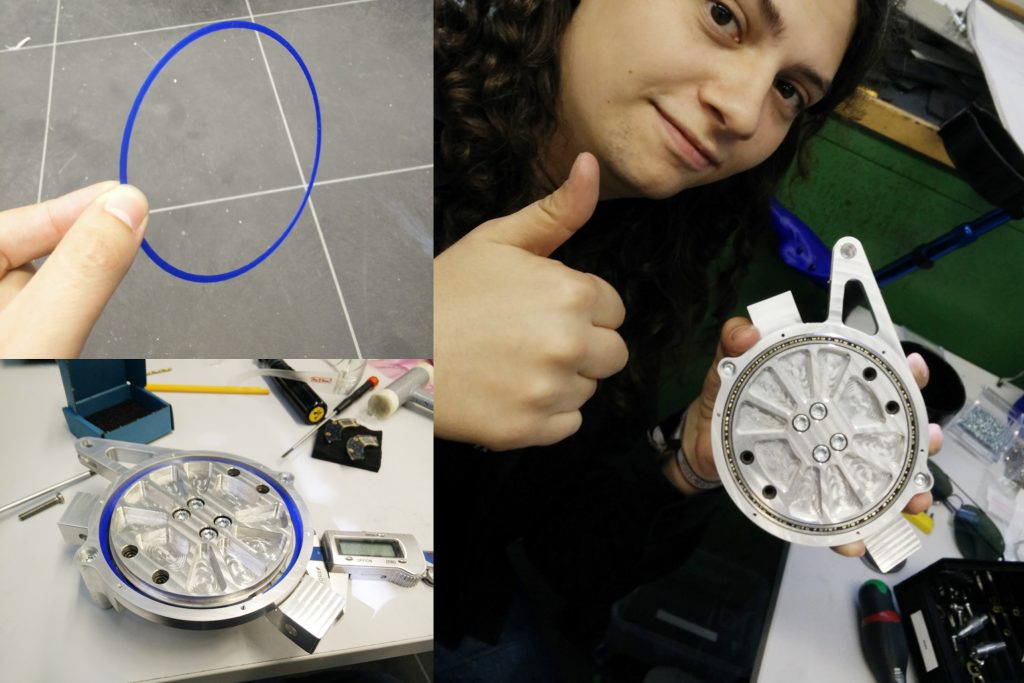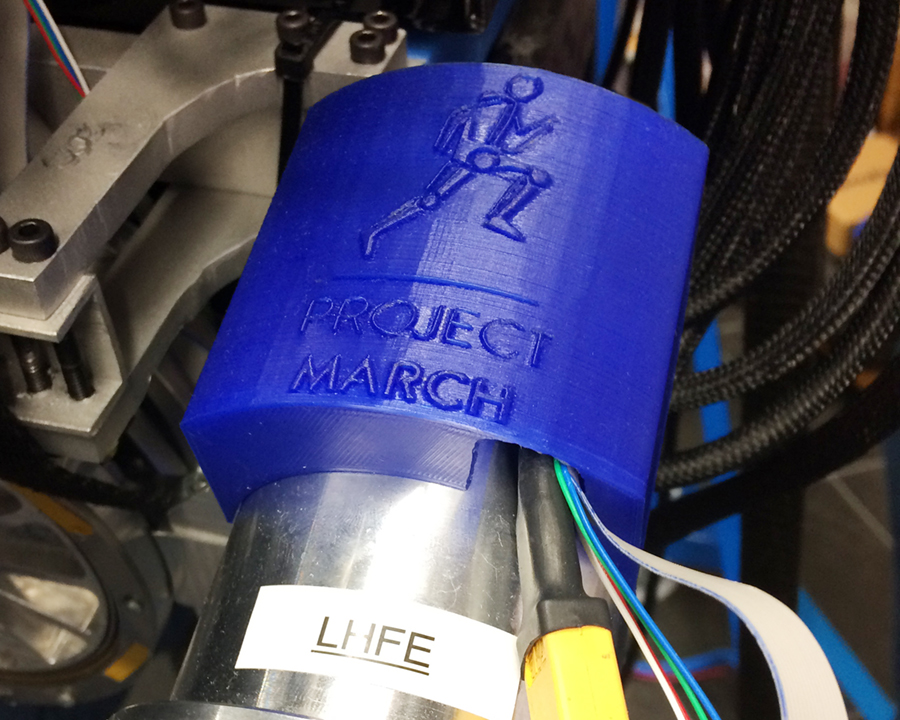Development is a big part of the 3D Printing community. This means improving the current way we live and do things. This year, Project March has been fulfilling this role by creating an exoskeleton. This can enable a paraplegic impairment in the lower half of the body. Therefore, motor and sensory skills increase and people will be able to walk again. 3D printing is a big help in their process, enabling them to create and improve parts in quick succession.
Read more about what Project March does here, or follow them on projectmarch.nl. It is heartwarming to read about their pilot, Claudia. With a true fighter’s spirit, she battles against her disability. If you want to know how 3D printing helps making moments like these possible, keep on reading!
Added value of 3D printing
When Project March print adapted the settings to their needs, the Creatr HS proved the value of 3D printing throughout the project. Most parts of their machine have a functional 3D printed prototype at one point or another. Rather than producing the back frame to joint connector and frame clamping system with aluminium, 3D printing them will ease the process. Improving aluminium parts will cost more time and money. This provides flexibility and control and also prevents a possible waste of resources.
Moreover, the following examples will clarify the process of creating and developing parts with the use of 3D Printing on the Creatr HS.

Better handling
Anyone who walks for a longer period of time on crutches knows that the handles can easily make your hands sore. They made this part using both 3D scanning and 3D modelling. The crutches are used for stabilizing the pilot and the handles are also used in controlling the exoskeleton. Simplified, this additional control is partly done with the use of buttons, that are incorporated in the handles.

The method they’ve used is scanning, 3D modelling and 3D printing. This creates a process in which you can test and improve your part in quick succession and keep improving this crucial part efficiently. When comparing the results of their prints with other printers available, the team acknowledged the precision and overall high quality of the Creatr HS.
Saved by the printer
CNC argues that the 3D printed pieces of the exoskeleton provide a solution for ill fitting. “Saved by the printer” is what they call it when their engineer was able to easily create an additional spacer for a knee joint. As a result, this new feature they have incorporated in the exoskeleton has the capability to tighten the joint to reduce friction in the bearings.

3D printing the part is necessary because the initial aluminium joints produced did not properly function. The result of that effort was that the high-grade aluminium machined parts did not fit correctly.. Printing a basic spacer with a thickness of 0.6 mm ±0.05 mm was an easy fix for a small over-sight, preventing the need to produce a new aluminium part and keeping production on schedule. This new way of producing and adjusting on the fly makes the process much more forgiving.
3D printed end-parts
They’ve made use of 3D printed end-products on more places on the exoskeleton like safety covers. The FDM 3D printed motor covers have been eye-catchers for several months, bearing the Project March logo. These will be complemented with covers for the joints, which will bring 3D printing and laser-cutting together in one sleek design. Moreover, it is combining the advantages from multiple production techniques to one advanced machine.

Mixing production techniques on the exoskeleton
A CNC-milled slider system for swapping the batteries has been combined with 3D printed battery cases and the large backpack cover is finished by hand to give it a smooth finish. This use of multiple production techniques along side 3D printing is what the future should be about.

3D printing for a better future
Enabling development and creation, with low costs and a forgiving, fast paced production is what 3D Printing is all about. Projects like these is what make the world a better place. Leapfrog 3D Printers is proud to be able to assist Project March in their process. In the end, the world should become a better place, enabling more people to create and help those in less fortunate situations.
You can read more information and the first steps in the project here.
Did you find our blog useful? Feel free to share on Twitter or Facebook with the buttons below!
